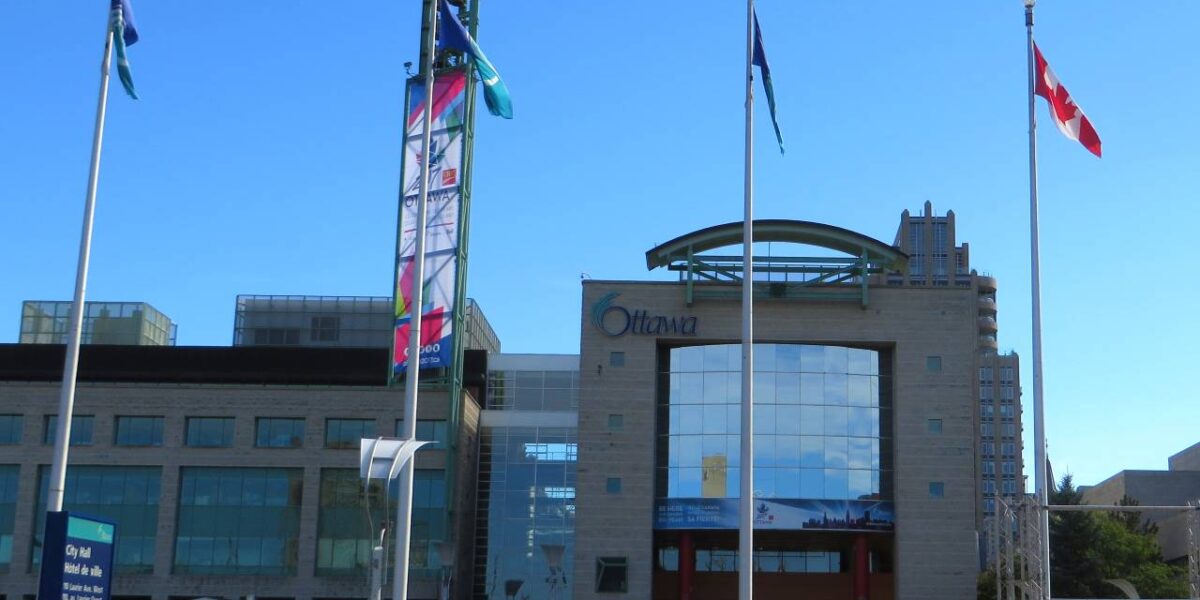You may have clicked on this link because you associate “Ottawa” with the federal government, but the Tewin story is about how municipal and provincial governments treat land developers.
Ottawa is a very big city in terms of surface area. It is 4.4 times bigger than Toronto. This resulted from the “great amalgamation”, Ontario Premier Mike Harris’ 1999 Fewer Municipal Politicians Act.
Amalgamation is converting Ottawa’s rural croplands, pastures, forests and wetlands into suburban sprawl.
Ottawa’s “urban boundary” is where major roads, transit and piped sewer and water services are permitted. As explained in an Ottawa Citizen article, expansion of the urban boundary is a high-stakes decision for developers and landowners.
After contentious debates, City Council voted in 2020 to approve a major expansion of Ottawa’s urban boundary. The final tally ended up at 1,281 hectares, but then provincial minister Steve Clark tacked on another 654 hectares when he approved the plan in November 2022.
Developers are rejoicing.
The most contentious area of all is Tewin, an Algonquin word meaning “home.”
Tewin was a last-minute addition to the urban boundary, championed by former Ottawa mayor Jim Watson as “reconciliation.” A detailed analysis found that Watson and other councillors that voted for Tewin all received generous campaign donations from Taggart, the company that owns most of the 445 hectares of Tewin lands added to the urban boundary.
Shown in yellow on this map, Tewin is next to the National Capital Commission Greenbelt, completely divorced from the rest of Ottawa’s urban boundary, with no major roads, transit, sewer, or water service.
The Tewin developers claim they will build “a sustainable, connected and complete community founded on Algonquin values.”
Much of Tewin is already a sustainable, connected and complete community – home to cedars, tamaracks, poplars, frogs, moose, eagles, and many other species.
Except it isn’t anymore.
Last month, with no notification to the City or local residents, developers cleared a large swath of this community – 70 hectares. Drone footage shows complete ecosystem destruction.
Curiously, the newly deforested Tewin lands are just outside the urban boundary. They are owned by the Algonquins of Ontario Realty Corporation, not Taggart. The two are partners.
The Tewin deforestation was carried under cover of darkness. It was hidden from local roads by a “green screen” of uncut trees. The City of Ottawa has a tree cutting bylaw that is supposed to prevent this.
Taggart and the Algonquins of Ontario initially told local residents and the City that tree cutting was done to “clean up damage” from the May 2022 derecho. Five days after learning about it, the City issued a temporary stop work order to investigate.
Then the developers’ story changed – they plan to farm the area.
After a brief investigation the City bought the developers’ new story. Deforestation can continue– total amount unspecified. The City now says “the land is being cleared and prepared for farming activities” and that under Ontario’s Farming and Food Protection Act “no municipal bylaw applies to restrict a normal farm practice.”
Much of the Tewin property that is being destroyed is forested wetland: too wet to farm. The Ontario Agricultural Atlas shows Class 5 soils “not capable of use for sustained production of annual field crops.”
The developers now say they will install tile drains.
Far more likely is that the area will now simply lie idle, its wildlife value destroyed, and with little or no value for food or timber production.
The City’s environment committee will discuss Tewin at its March 21 meeting. But the fix is already in.
Paul Johanis of the Greenspace Alliance of Canada’s Capital explained in a March 8 CBC story and again at a March 12 rally that developers such as Taggart destroy ecosystems just outside the urban boundary and then wait for a new council to expand the boundary and increase their land value many-fold.
Destruction of forests and wetlands has been standard practice in Ottawa for decades. In fact, it continues unchecked throughout Canada, aided and abetted by municipal and provincial governments.
Canada’s claims to be a leader in protecting biodiversity do not match what is happening on the ground. In practice our developers are little different than the land developers clearing the Amazon.
We’re just better at concealing the damage and ignoring its long-term consequences for the twin biodiversity and climate crises.



